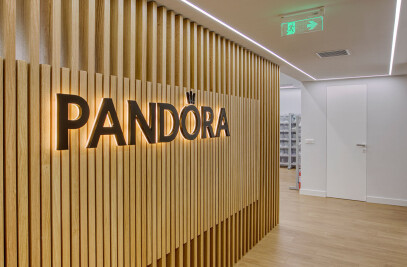This project is our participation in a competition organized by the Greek Ministry of Environment, Energy and Climatic change. The main design principle of our proposal is the identification of the pier’s platform as a landmark. The initial skin of the building, splits into two main volumes; one that faces the city and one that faces the sea. The aim is the creation of an event platform with sheltered spaces of recreation, relaxation, art and culture. In fact, the Faliro bay has the opportunity to be transformed into a first class destination for all in terms of accessibility, mix of uses and events and of course its close proximity to the city. The nearby park that will host the National Library and the National Opera House will render the whole area as a must-visit not only to the tourists but especially to the locals. The landmark will have an active role to the regeneration of the cultural zone of the bay since it becomes the extension of the zone both physically and conceptually. It becomes not only the connection where the terrestrial and the aquatic parts of the cultural zone will coexist and become complimented but will also reveal the platform’s excellent position, offering spectacular views towards the city as well as an observation point. By maintaining the given strict progress of the pier, we go further and we break the platform in two main volumes. One faces the East and the other faces the West. In the Eastern part we designed a cafe space and in the Western part an art space with an amphitheatre facing the city. The circulation of the visitors is almost linear along the pier and continues to be along the two volumes of the landmark. Reinforced concrete is chosen as the main structural material as well as for the skin of the building. The solid part of the skin is a metal framed structure covered in cement mortar whilst the perforated part is constructed with metal sheets. The enclosed spaces of the cafe and the exhibition spaces are both internally and externally cladded in wood. The choice of natural, non-toxic and environmentally friendly paints is fundamental to the sustainability of the building and finally the inclined grounds in front of the enclosed spaces are planted in grass.
Project Spotlight
Product Spotlight
News

Fernanda Canales designs tranquil “House for the Elderly” in Sonora, Mexico
Mexican architecture studio Fernanda Canales has designed a semi-open, circular community center for... More

Australia’s first solar-powered façade completed in Melbourne
Located in Melbourne, 550 Spencer is the first building in Australia to generate its own electricity... More

SPPARC completes restoration of former Victorian-era Army & Navy Cooperative Society warehouse
In the heart of Westminster, London, the London-based architectural studio SPPARC has restored and r... More

Green patination on Kyoto coffee stand is brought about using soy sauce and chemicals
Ryohei Tanaka of Japanese architectural firm G Architects Studio designed a bijou coffee stand in Ky... More

New building in Montreal by MU Architecture tells a tale of two facades
In Montreal, Quebec, Le Petit Laurent is a newly constructed residential and commercial building tha... More

RAMSA completes Georgetown University's McCourt School of Policy, featuring unique installations by Maya Lin
Located on Georgetown University's downtown Capital Campus, the McCourt School of Policy by Robert A... More

MVRDV-designed clubhouse in shipping container supports refugees through the power of sport
MVRDV has designed a modular and multi-functional sports club in a shipping container for Amsterdam-... More

Archello Awards 2025 expands with 'Unbuilt' project awards categories
Archello is excited to introduce a new set of twelve 'Unbuilt' project awards for the Archello Award... More

























